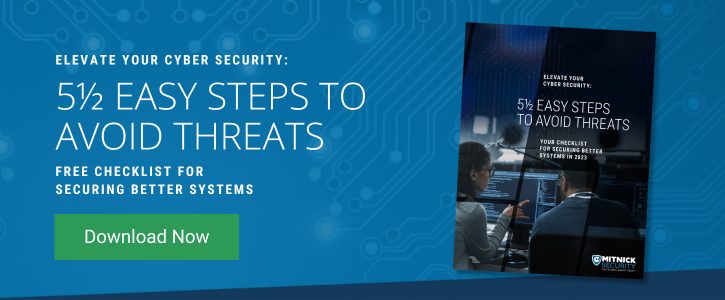Chatbots have been known to provide many helpful benefits for companies and their customer support departments for several years. Chatbots are programs created to create realistic and helpful conversations with others, which is why they’ve been used by customer support departments to streamline and automate certain customer-facing tasks.
In November 2022, ChatGPT was introduced to the world, transforming how we view the capabilities of chatbots forever.
With an estimated 100 million active users within its first two months, this tool has quickly become a topic of discussion in the tech community. One of the main points of discussion is the critical cybersecurity threats this program can cause enterprises.
Below, we’ll take a deeper look into this chatbot model, how it can be used, and the cybersecurity threats you should be aware of to ensure you know how to protect your sensitive information.
What Is ChatGPT?
Developed by Open AI, ChatGPT is a chatbot powered by the latest AI, natural language processing, machine learning, and deep learning technology to provide the most accurate and human-like responses. It was trained similarly to InstructGPT, another model developed by Open AI, by using Reinforcement Learning from Human Feedback (RLHF) for the most comprehensive development.
ChatGPT is capable of seemingly endless capabilities and calculations, including updating its existing data with new information, asking questions to understand queries, and accepting or rejecting premises appropriately.
Using ChatGPT in Business
ChatGPT has already been helping many enterprises perform daily tasks and increase operational efficiency. This chatbot program can be used to:
- Write and debug code.
- Create detailed presentations.
- Assist customer service chat rooms with helpful answers and support for queries.
- Construct email sequences for prospect lead nurturing.
- Help with content creation for digital marketing.
Cybersecurity Threats to Keep Top of Mind
With the many capabilities of ChatGPT, cybersecurity is a reasonable area of concern and can actually leave your business wide open to devastating cyber threats when you don’t use the right security practices. In fact, 51% of IT experts estimate ChatGPT will be a cause of successful hacks in less than a year from now.
Here are the main cybersecurity threats this chatbot model leaves users susceptible to:
Inputting Sensitive Information
Employees don’t always realize the dangers of inputting personal and sensitive data into ChatGPT. There have been several instances of this, leaving many businesses that use this chatbot program exposed to severe threats.
For example, if hackers were to gain access to sensitive information, they could hack your company through data breaches and/or man-in-the-middle threats.
Phishing Emails
Phishing emails created by chatbots are far from being a new threat. But with the addition of ChatGPT, employees are susceptible to an increased number of malicious emails. Hackers can use this program to fine-tune their emails to be more realistic, making them difficult to differentiate from legitimate emails.
This chatbot model uses realistic, conversational language to match the person or group it’s being used to target. This means hackers from all over the world can craft more convincing emails that appear to be from your geographical location. As a result, there are more and more phishing emails to be on the lookout for if you are a ChatGPT user.
Avoid These Cybersecurity Threats With Mitnick Security
ChatGPT offers near-endless capabilities, making it a useful service for many organizations of all types. But with all of these capabilities, there are increased security risks to your company that you need to address.
With the right security measures, you can take advantage of ChatGPT’s features without putting your company and employees in harm’s way. Protect your sensitive data and remove cybersecurity stress with help from Mitnick's Global Ghost Team™ — the top cybersecurity team in the world — and learn how you can avoid cyber threats with just 5 ½ easy steps.




